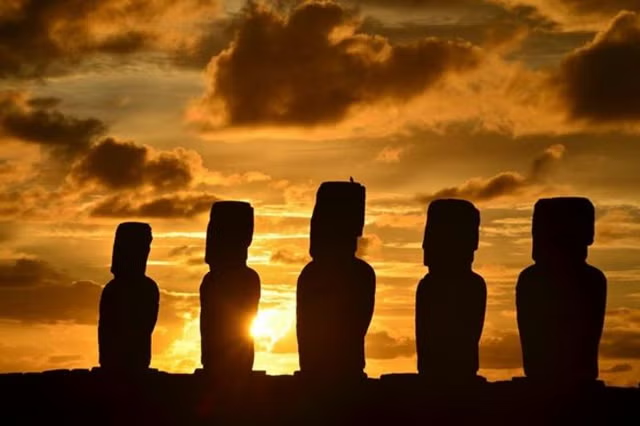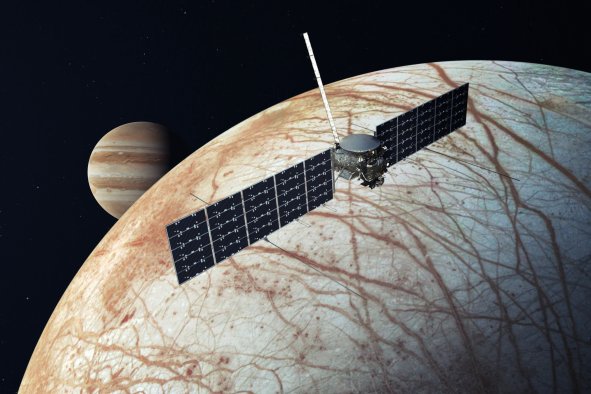Solar storms could bring auroras to the skies over parts of the Northern Hemisphere late Thursday into early Friday morning.
According to space weather forecasts, people in Canada and the northern United States, including states like Alaska, Washington, Montana, North Dakota, and Minnesota, might see subtle, colorful displays.
The auroras are expected to be faint and the storms aren't likely to cause significant issues for power grids or communication systems, experts say. However, if the solar storms intensify as night falls, the auroras could be visible farther south, reaching states like Illinois and New York." All the stars have to align" for that to happen, said Erica Grow Cei, a spokesperson for the U.S. National Oceanic and Atmospheric Administration (NOAA).
How to watch the auroras
To catch the auroras, skywatchers should wait for nightfall and head outside, ideally to a location away from bright city lights. While the auroras might be too faint for the naked eye, capturing a photo with a smartphone could reveal hints of the colorful display that aren't visible without help.
The sun's magnetic field is currently at the peak of its 11-year cycle, which means solar storms and auroras are becoming more frequent. Earlier this year, unusually strong solar storms produced vibrant auroras across much of the Northern Hemisphere, dazzling viewers from Canada to the northern United States and Europe.
However, tonight's storms are expected to be less intense than those seen in May. While they aren't expected to cause major issues, they could still result in brief disruptions to precision GPS systems. These GPS devices are often used in activities like farming and crop harvesting, where accuracy is essential, Grow Cei noted.
How solar storms cause auroras
Solar storms occur when the sun releases a burst of charged particles, which then interact with Earth's magnetic field. When these particles collide with atoms in Earth's atmosphere, they create the colorful lights known as auroras, or the Northern Lights in the Northern Hemisphere.
The best time to see auroras is usually during periods of heightened solar activity, such as the peak of the sun's magnetic cycle. These displays can vary in intensity, ranging from subtle streaks of color to bright, swirling curtains of light that cover the sky.
If you're hoping to catch tonight's auroras, be prepared to wait, as the lights may appear at different times depending on your location and weather conditions. Clear skies will offer the best chance of seeing the faint auroras. Smartphone cameras can also help by capturing colors that might not be immediately noticeable to the eye.
This article includes reporting from The Associated Press
Disclaimer: The copyright of this article belongs to the original author. Reposting this article is solely for the purpose of information dissemination and does not constitute any investment advice. If there is any infringement, please contact us immediately. We will make corrections or deletions as necessary. Thank you.



